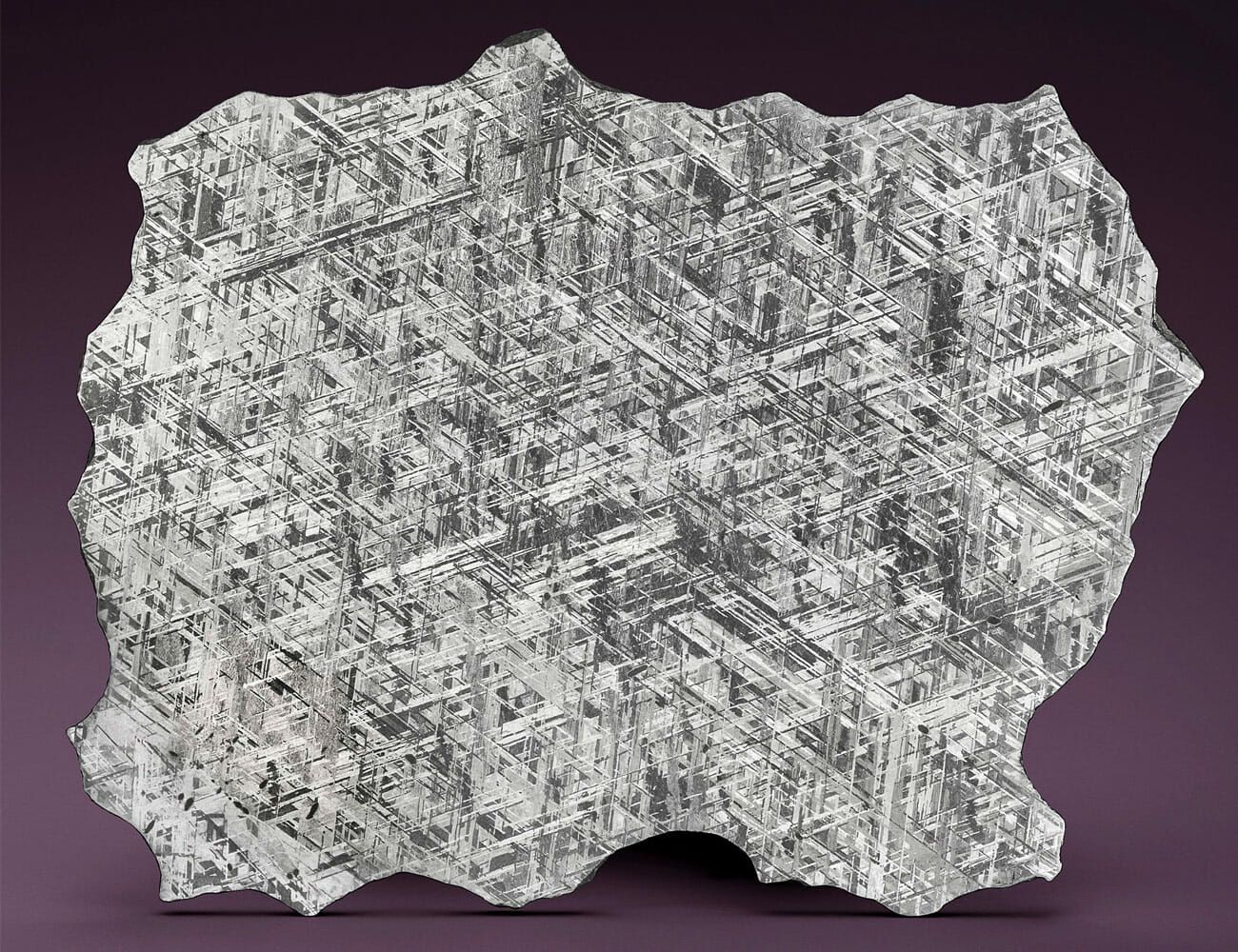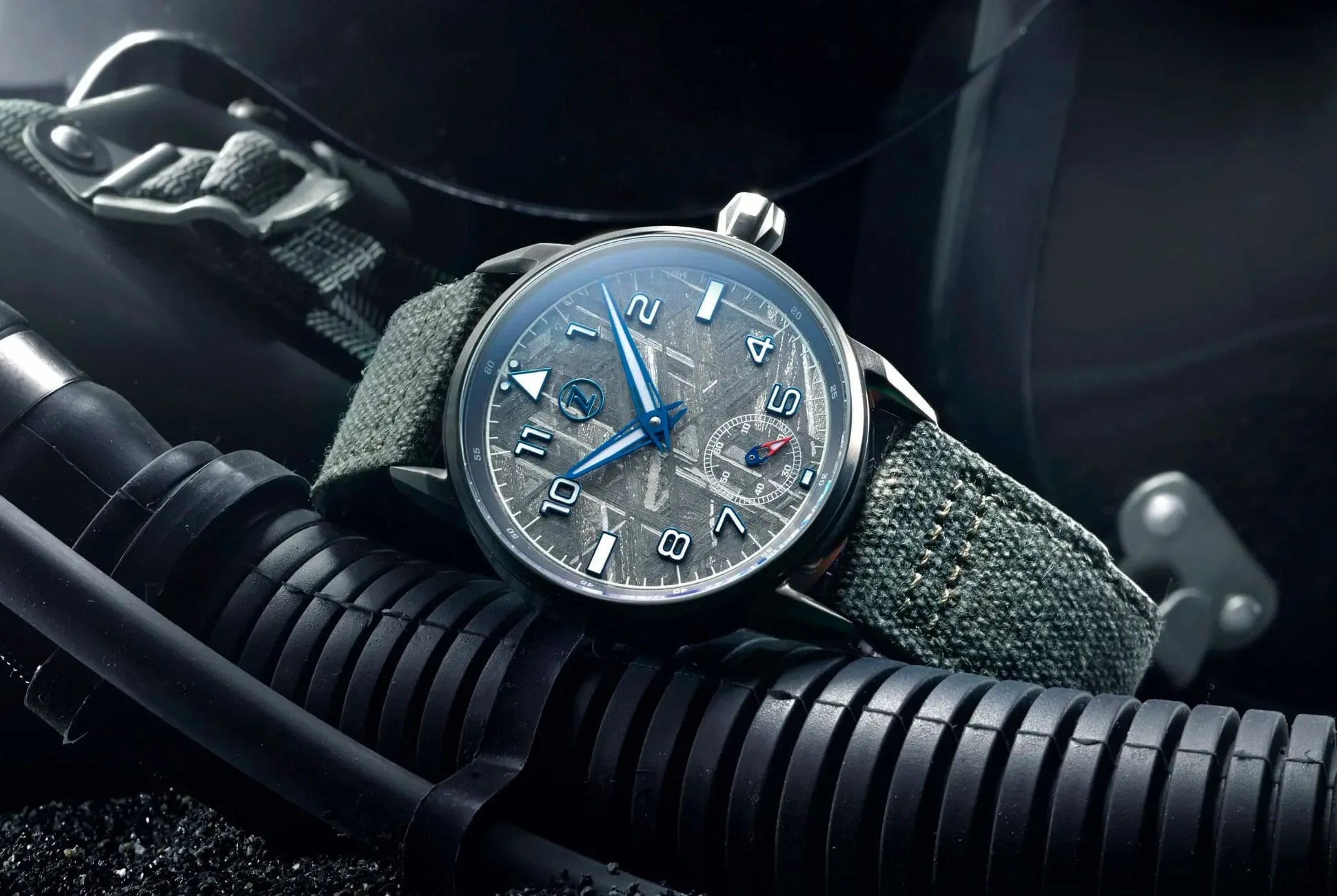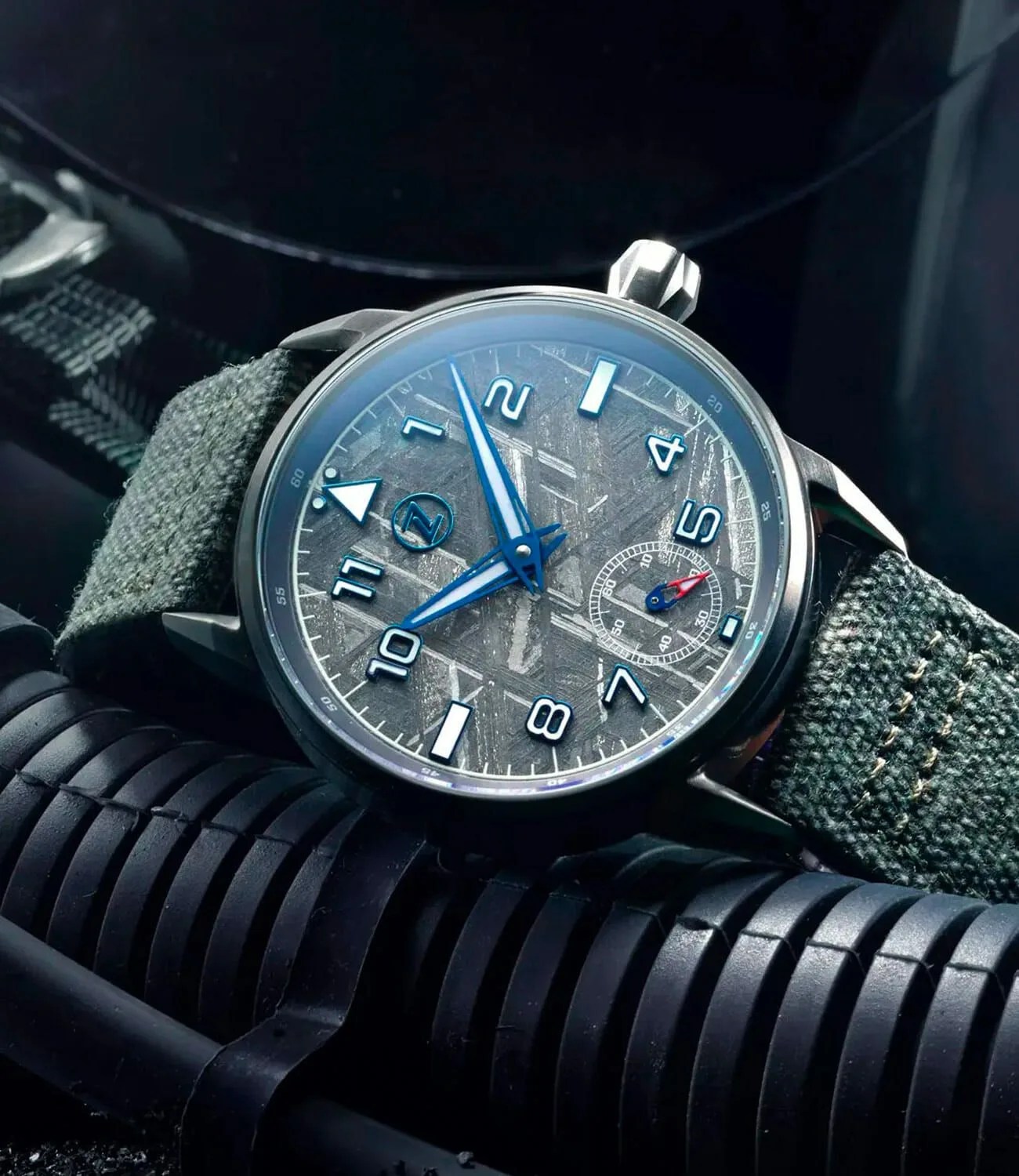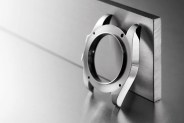This rock, born billions of years ago, traveled across the universe just to find its final resting place on your wrist. It’s kind of a nice thought. Meteorite works well as a watchmaking material because it not only has a distinctive look, but a cool story. It also relies on the notion that it is rare, exotic, and special — to the point that it might make some people wonder: shouldn’t meteorite have some kind of protected status, to be studied by people in lab coats? And how the hell are these watch brands getting their hands on this presumably scarce material?
Luxury watch companies are masters of procuring exotic materials. Watches from Jaeger-LeCoultre and Parmigiani to Rolex with the 2019 GMT Master II have featured meteorite dials, and the occasional high-end brand has even made watch cases from it, including De Bethune and, recently, independent watchmaker David Rutten.
These watches and their associated prices might seem to suggest that meteorite is a luxury material, perhaps akin to precious metals, but meteorite dials can be found on relatively affordable watches as well. Value-oriented brand Zelos regularly includes a meteorite dial in its various collections of watches that cost under or around $1,000 with Swiss automatic movements and other premium materials like sapphire crystal and bronze. There are even meteorite-dial Invictas out there.

In other words, meteorite is not as rare as one might tend to think. As watch dials are pretty small and thin, and most such watches are produced in limited quantities, watch brands are likely not depleting the world’s supply of precious meteorite — in fact, safely behind a sapphire crystal might be one of the best ways of preserving and appreciating its interesting textures. Anyone, in fact, can buy a meteorite slice or chunk in varying sizes and shapes, on the likes of eBay or Etsy. A quick search will reveal plenty of meteorite jewelry for sale.
While the earth has had billions of years to catch space debris big and small, most watch companies are using material from a couple of large and well-known meteorites. The Gibeon meteorite was found in Namibia; and the Muonionalusta meteorite impacted in Sweden. These are among the most well-known and common sources of the material. In both cases, multiple fragments were scattered over a wide area, some of which were quite large. On the outside, a meteorite encountered in a field somewhere might look like some bulbous, craterous ore, but slicing it open and treating it with a special process reveals a striking pattern.
There are different kinds of meteorites with different compositions, but those like the Gibeon and Muonionalusta that are best for decorative purposes are mostly iron and nickel. The markings that characterize the distinctive meteorite look are called Widmanstätten patterns, and their presence alone suggests an extraterrestrial origin. This is because the crystalline structures require special conditions to grow in this particular way — specifically, cooling at a very slow pace over millions of years. While people can certainly fake or imitate the look, the actual process cannot be artificially reproduced in a laboratory due to the time requirement.


